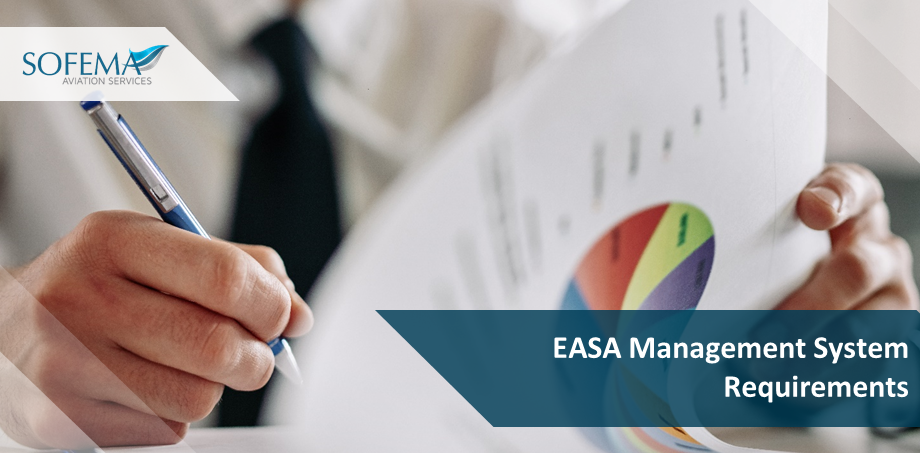Sofema Aviation Services (SAS) considers the key attributes required for an effective Management System Assessment Tool (MSAT) Process.
Introduction
The key objective is to check that all the enablers necessary for the implementation of a management system have been properly established so that this management system operates and effectively delivers as expected.
Users of the MSAT tool should be properly trained to understand the difference between “compliance” and “performance”; and ultimately deliver a performance-based assessment report.
The MSAT Document should not be used as a checklist (compliance-based approach) but rather as a flexible tool or aid memoir to assess the capability and the level of performance of an organization to:
- Identify hazards
- Manage risks
- Monitor the effectiveness of the mitigation actions
- Monitor the progress towards these safety objectives
- Take necessary managerial actions (e.g., management of changes, disruptive events, competitive environment, emerging risks); and
- Keep safety at the heart of the operations.
The assessment results should thus be used as input into performance-based oversight activities and the adjustment of the oversight planning cycle by the competent authority, considering the maturity of that organization to manage safety beyond mere compliance with the EU rules.
The EASA (European Union Aviation Safety Agency) Management System Assessment Tool (MSAT) is a comprehensive framework designed to ensure that aviation organizations establish a management system (MS) that is scalable, suitable, and effective for their particular size, nature, and complexity.
The key enablers and requirements for a successful MS, including a Safety Management System (SMS), revolve around several critical areas:
- Scalability and Suitability: The MS should correspond to the organization’s size and the nature and complexity of its activities.
o This means the system should be adaptable, ensuring that even as the organization grows or changes, the management system can scale accordingly without losing effectiveness.
- Risk Management: The MS should enable the organization to identify and manage risks effectively.
o This involves recognizing the variety of risks that different organizations, services, products, and operating environments present.
- Beyond Compliance: Organizations should aim to go beyond mere compliance with regulatory requirements.
o The goal is to foster a culture of safety that proactively identifies and mitigates risks not explicitly addressed by the rules.
- Engagement Objectives: The MS should encourage organizations to continuously seek improvements in safety performance.
o This requires a proactive approach to identifying potential safety issues and implementing measures to maintain or enhance safety.
- Implementation Cost: An effective MS does not have to be overly complicated or expensive.
o It should be efficient and scalable, capable of managing all key operational risks without becoming a financial burden.
- Internal and External Context: Understanding the context in which the MS operates is crucial.
o This includes the size and complexity of the organization, the risks involved in its operations, and both the internal and external factors that affect its performance.
- Program Delivery: The MS should be dynamic, capable of adjusting to multi-dimensional complexities, and it should ensure that safety policies are clear, updated regularly, and communicated effectively within the organization.
- Just Culture: The implementation of a just culture is essential. This means creating an environment where employees are encouraged to report safety concerns without fear of retribution, except in cases of illegal activity, gross negligence, or wilful misconduct.
- Data Collection: Safety data collection is tailored to the organization’s operations and degree of digitalization. Data-rich organizations may employ advanced software for risk assessment, while others may rely more on expert judgment.
- Documentation: Management System and Safety System documentation should be clear and concise, providing enough detail for effective risk management without creating unnecessary bureaucracy.
- Level of Engagement: The organization must demonstrate that its MS is well-designed and suitable for effectively managing risks and ensuring safety.
- International Standards: The implementation of industry or international standards relevant to the organization’s activities should be considered in the design and functioning of the MS.
- Management Commitment: Full commitment at all levels of the organization, from top management to front-line employees, is vital for implementing a Just Culture and an effective MS.
Next Steps
Follow this link to our Library to find & download related documents for Free.
Please see Sofema Aviation Services and Sofema Online or email team@sassofia.com for questions, comments or suggestions.
Tags:
Compliance, Safety Objectives, Hazards, Just Culture, EASA Management System, SAS blogs, Management of Change, SAS Library, EASA (European Union Aviation Safety Agency), EASA Management System Assessment, EASA Management System Assessment Tool (MSAT), aviation organizations




